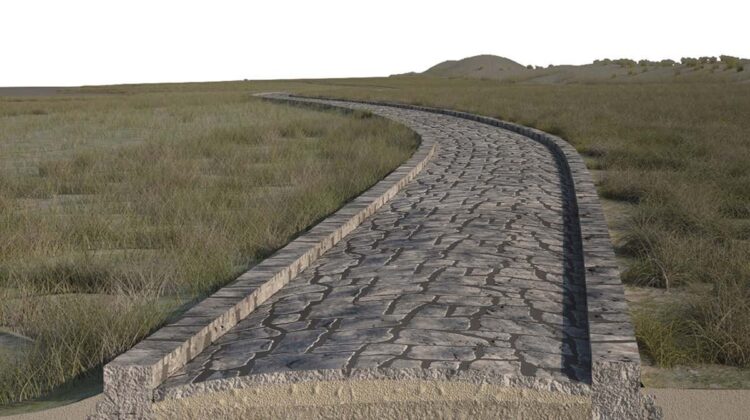
Recently, a captivating image surfaced on social media, offering a glimpse of England’s iconic A303 road, a thoroughfare that has evolved over millennia. This historic road, connecting London to the South West of England, traverses some of the country’s most picturesque and culturally significant landscapes. A prominent segment of the A303 winds its way near Stonehenge, the ancient monument dating back 5,000 years.
But how did this road, initially little more than a natural chalk pathway, transform into the modern asphalt highway we know today? What lies ahead for this iconic route, balancing the demands of modern connectivity with the imperative to preserve our heritage?
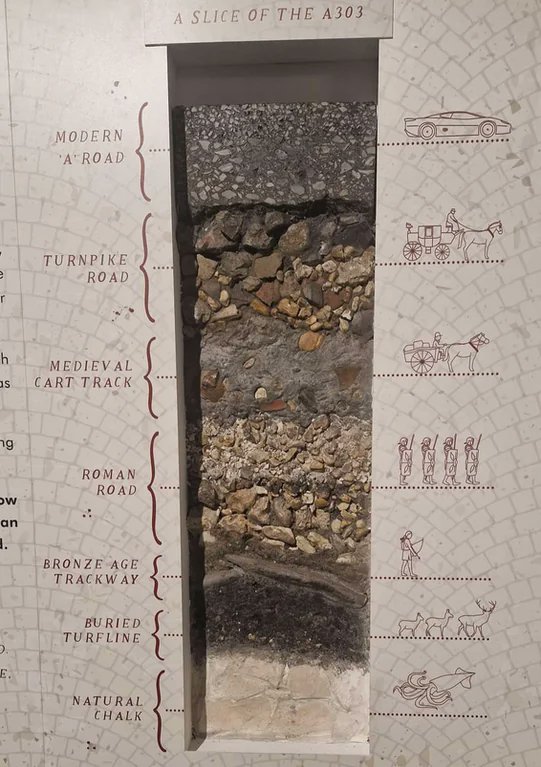
The origins of the A303 trace back to prehistoric times when early inhabitants of the land relied on natural features like chalk ridges and river valleys for their journeys. The area around Stonehenge served as a focal point for ancient rituals and gatherings, drawing people from distant regions.
Over time, these early tracks found new life as they were incorporated into the Roman road network, including the famed Fosse Way and Portway, connecting vital settlements and military installations.
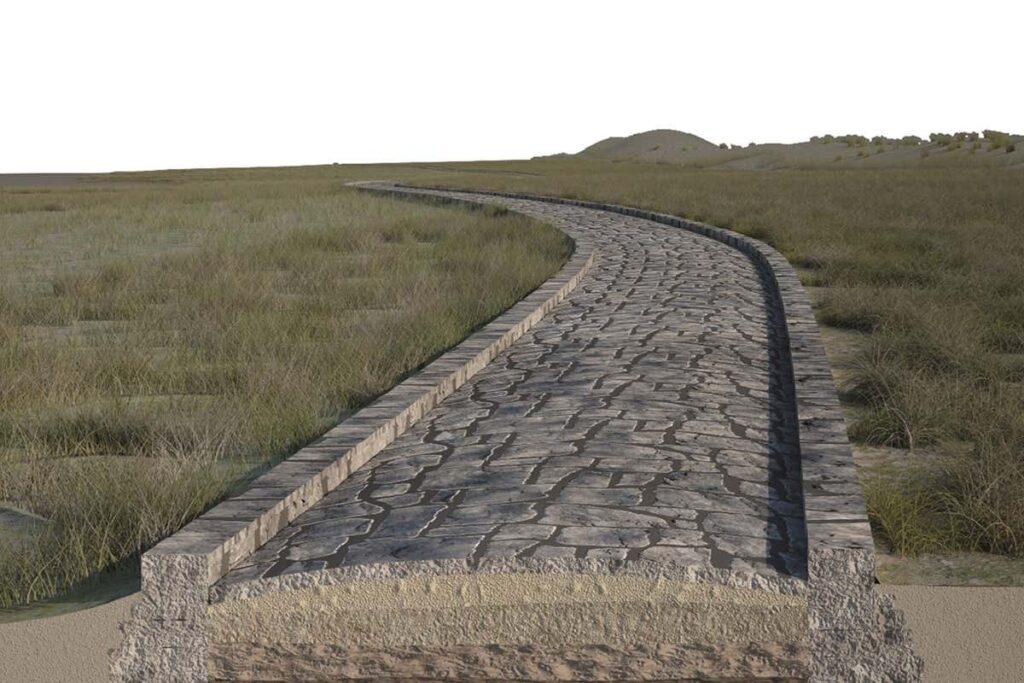
Following the Roman era, these roads fell into disrepair, only to be revived during the medieval period. Pilgrims, traders, and travelers established new routes, with the A303 following in the footsteps of these historic paths, often marked by milestones, crosses, and inns.
The road’s course also weaves through a tapestry of historic landmarks, including Old Sarum, Salisbury Cathedral, Wardour Castle, and Montacute House.
During the Georgian and Victorian eras, as new modes of transportation such as coaches, railways, and bicycles gained popularity, the road network underwent expansion and improvement. The A303 was a key element of the coaching route between London and Exeter, frequented by literary luminaries like Jane Austen, Samuel Taylor Coleridge, and William Wordsworth.
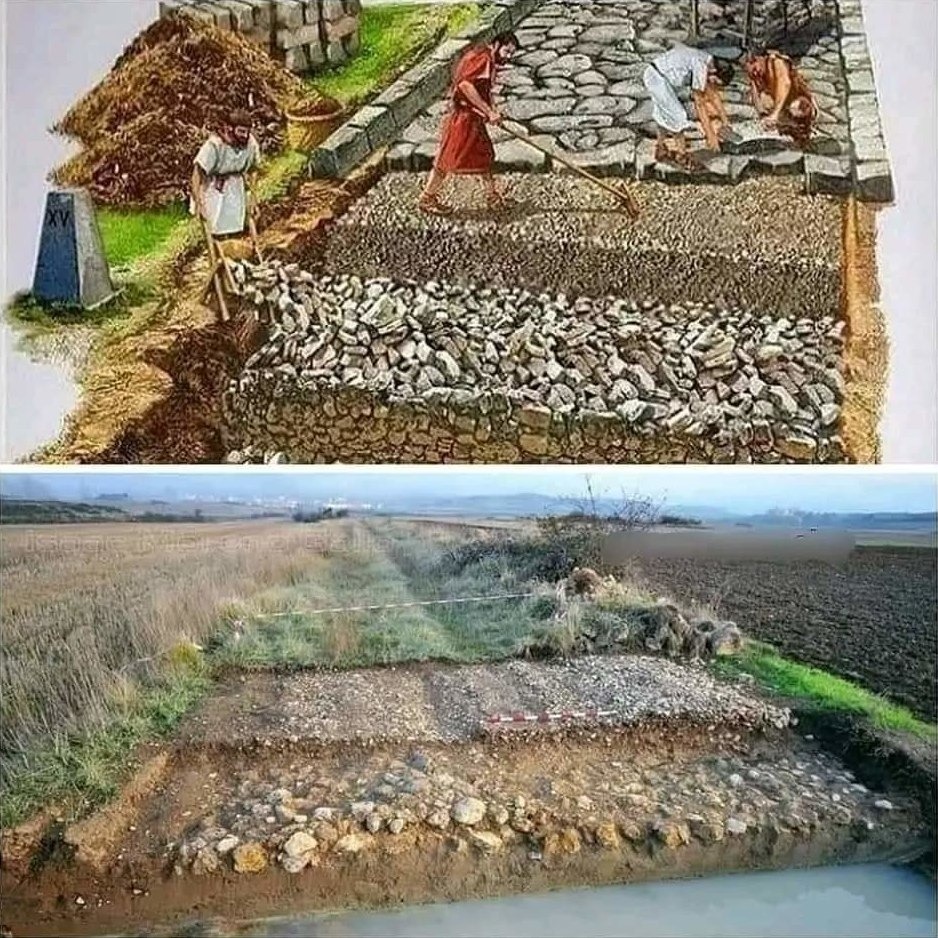
The 20th century ushered in the era of motor cars, leading to a surge in traffic and a demand for better roads. The A303 was designated a trunk road in 1933, linking the M3 in Hampshire to the M5 in Somerset. While some sections transitioned to dual carriageway, others remained single carriageway, resulting in bottlenecks and congestion.
Notoriously, the segment near Stonehenge forced traffic to slow or halt, squeezing through a narrow gap between the stones and a nearby hill.
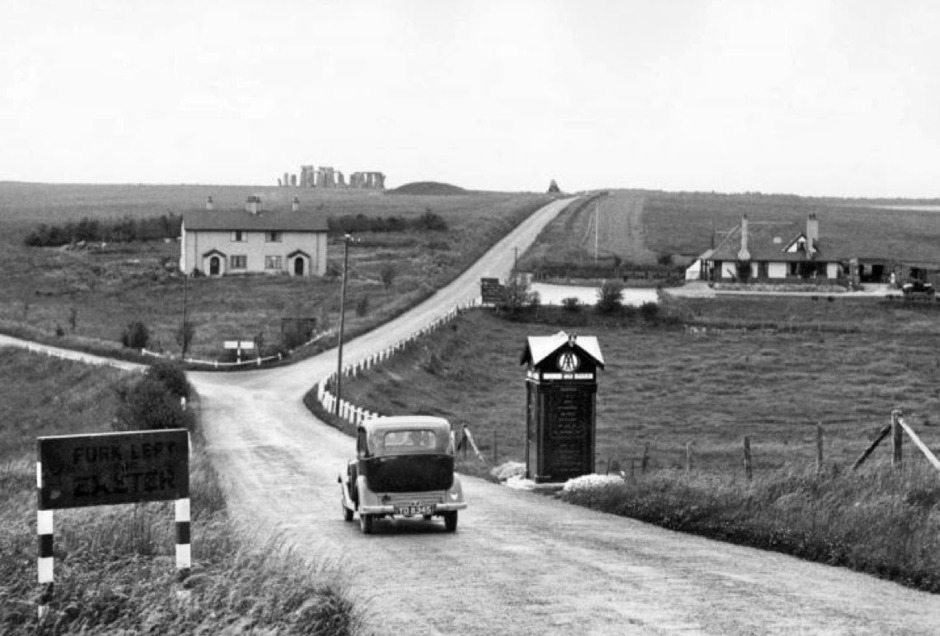
Numerous proposals for A303 improvements have emerged since the 1980s, but they faced obstacles due to environmental, archaeological, and financial constraints.
The road runs perilously close, just 165 meters away, from Stonehenge, part of a UNESCO World Heritage Site with significant archaeological value. Any alterations to the road must carefully balance transport, tourism, heritage, and ecology.
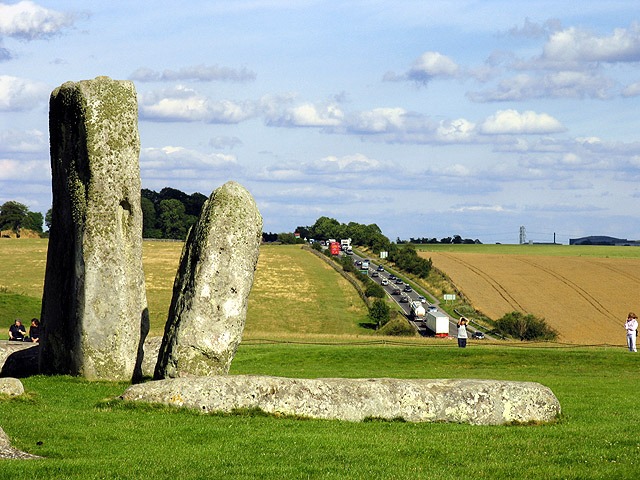
The latest proposal aims to construct a 3.3 km tunnel beneath Stonehenge, effectively removing traffic sight and sound from the monument while preserving its landscape setting.
This tunnel project forms part of a broader scheme to transform the A303 into a South West expressway, featuring dual carriageway sections between Amesbury and Berwick Down, Sparkford and Ilchester, and Taunton and Southfields. The endeavor aims to enhance journey times, reliability, safety, and road user resilience while improving access to cultural and natural attractions along the route.

Support for the tunnel project comes from organizations like Historic England and the National Trust, but it faces opposition from UNESCO and certain archaeologists, who argue it could irreparably damage the World Heritage Site and its hidden treasures.
Currently undergoing public consultation and environmental assessment, the project anticipates a final decision in 2022. Pending approval, construction could commence in 2023, with completion slated for 2028.
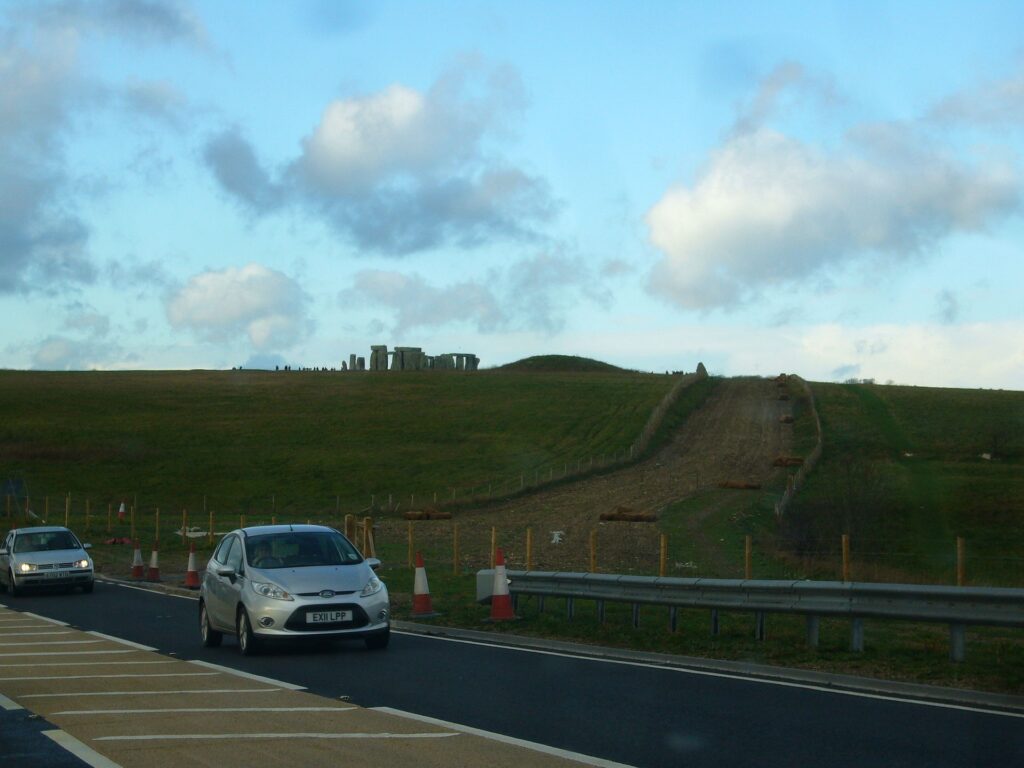
The A303 is more than a road; it is a layered tapestry of history, reflecting how people have traversed this land for millennia. From natural chalk pathways to a modern thoroughfare, it has borne witness to countless changes and challenges. The road’s future hinges on our ability to harmonize the need for connectivity with the imperative to safeguard this unique and precious landscape.

Leave a Reply